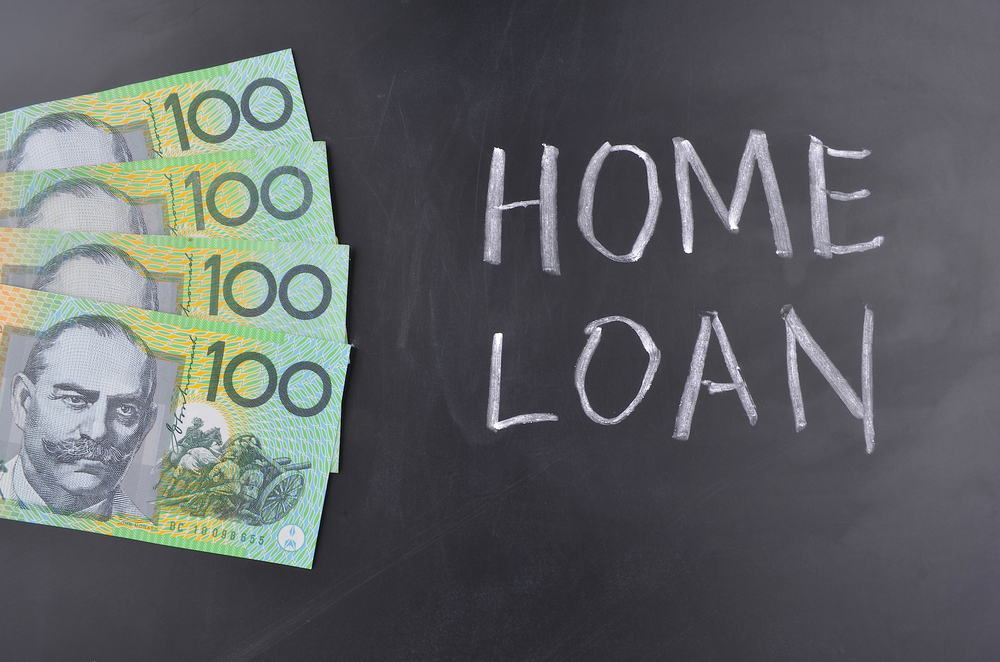Breaking a fixed-term home loan: how much does it cost and should you do it?

With interest rates at a historic low, more Australians are wondering: can you break a fixed-rate home loan?
Breaking a fixed-rate home loan can incur a number of costs, particularly if you have made additional repayments on your mortgage over the years.
In this post, we help you understand the different break costs associated with fixed-rate loans — and help you weigh up if it’s the right decision for you.
What are home loan break costs?
Home loan break costs are a fee that a lender will charge a borrower if they want to end or exit their fixed-rate loan before the end of the term specified on the contract. Lenders do this to compensate for any financial losses they will incur as a result of you breaking your fixed-rate home loan early.
For example, let’s say you had a fixed-rate home loan for 5 years. If you want to break it at the 4-year mark, you would need to pay your lender a break fee.
Home loan break costs may also be listed under a different name, depending on your lender:
- Commonwealth Bank: Early Repayment Adjustment
- NAB: Economic costs
- Westpac: Break costs
- ANZ: Early Repayment Cost
- St George Bank: Break costs
- ME bank: Prepayment fees
- Suncorp: Early Payment Interest Adjustment
- BankWest: Break fees
- AMP: Break costs (or Early Repayment Fee)
- ING: Break costs
- Citibank: Break charge
- Qudos Bank: Break costs
When do you pay break costs?
This depends on the type of loan you have and the conditions of the loan. Here are five of the most common reasons why you would incur break costs:
1. If you sell the property within the fixed-rate term
If you choose to sell your property before your loan term is up, you may incur break costs if your fixed-rate home loan isn’t portable — in other words, if you can’t transfer your current loan over to a new property. If your loan isn’t portable, you would essentially need to end your existing home loan and take out a new loan.
2. If you make extra repayments above the minimum repayment amount
On a variable loan, extra repayments are beneficial as you can get your loan paid faster and lower the interest you pay on your overall mortgage. With a fixed-rate home loan, any extra repayments above the minimum amount could actually end up costing you.
Note: some lenders do allow extra repayments on certain fixed-rate home loan products. However, these are typically capped at a maximum amount per year, or over the course of your loan.
3. If you switch to another loan type or refinance your mortgage
With interest rates at an all-time low, you may be considering refinancing your mortgage to a new lender or switching to a variable home loan. However, you’ll most likely be charged a break fee, which could amount to being more than you’d save by switching your loan.
Bear in mind that some lenders may offer to pay break fees with your existing lender as part of their refinancing offer. If you’re considering refinancing or switching to a different type of loan, speak to a mortgage broker first. A mortgage broker can help you weigh up whether the costs to break your fixed-term loan are worth the amount you’ll save, and help you find the best offer for your situation.
4. If you pay off your loan before the end of the fixed term
Similar to making extra repayments, paying off your loan early can incur hefty break costs. This is because the bank borrows money from a wholesale money market at a fixed rate and a fixed term, based on your loan. Even if you pay off your loan early, they would need to continue servicing the loan for the duration of the term. The break costs are designed to cover any losses they may incur as a result.
5. If the total amount owing on your loan is immediately due
If you default on your loan and it becomes payable immediately, this is effectively ‘breaking’ your fixed-term contract. In this instance, you would be subject to break fees.
How much does it cost to break a fixed loan?

Each lender uses a different formula to calculate their fixed-rate loan break costs, and this information should be listed in your home loan contract or your offer. These formulas can take into account a number of things, but some of the universal factors that are considered include:
- The interest rate you are locked into compared to the current market interest rate. Generally speaking, the higher this difference is, the higher the break fee.
- The length of time remaining on your fixed-rate loan. Again, the longer the time remaining on your loan, the higher your break fee will be.
- The amount that you originally borrowed from your lender.
As an example, imagine your lender uses this formula to calculate a break fee:
Break cost = Loan amount x Change in Interest Rate x Time remaining on loan
As an example, let’s say you borrowed $500,000 on a fixed-rate home loan with a loan term of 5 years and an interest rate of 3.99% p.a. After 3 years, you have decided to switch to a variable home loan and would like to break your lease. During this time, interest rates have dropped to 3.5% p.a.
In this case, your break fee would be $500,000 x 0.49% x 2 years remaining on your loan = $4,900.
Bear in mind that this is an example only. It’s important to speak to your lender to obtain your exact break fees.
How can you avoid paying loan break costs?
Whether you can avoid break costs will come down to your loan conditions and the type of loan you choose to take out in the first place.
If you are on a fixed-rate loan and want to break your contract before the term ends, you will have to pay break costs. These are unavoidable, and the best you can do in this case is to be informed about how much you will have to pay and factor this into your financial planning.
Your lender or mortgage broker can help you understand exactly how much you will need to pay, based on the conditions of your loan and the time remaining before your term ends.
The best way to avoid break costs is to choose a loan that gives you more flexibility, such as:
- A home loan with a variable interest rate. These types of loans allow you to make extra repayments without penalty and also refinance your loan at any time.
- A split loan. If you like the financial stability of a fixed-rate home loan, split loans are another viable option. Split rate loans are a combination of fixed-rate and variable loans, where part of your home loan is on a fixed-rate and part of it is on a variable rate. This gives you access to the best of both worlds: you have access to the certainty of having a fixed-rate loan, while also giving you the flexibility to move with the market and make extra repayments.
Another thing to consider is the portability of your loan. If you anticipate needing to move or sell your home before your fixed-rate home loan term ends, it’s important to confirm with your lender that your loan is portable.
Should you break your fixed-rate home loan?
It depends. If you are breaking your fixed-rate home loan to refinance or switch to a variable loan, you should carefully calculate the break costs, and weigh up whether these are worth the amount you’ll save with your new loan. In some cases, it may pay to wait — if you have the option to do so.
However, sometimes you have no choice but to break your fixed-rate home loan. In these cases, it’s best to speak to your broker or lender to ensure you are aware of all the fees involved, as well as any changes in lender policies.
If you’re looking to switch your fixed-rate home loan or refinance your mortgage, we are here to help you find the best strategy for your financial situation. Speak to one of our experienced mortgage brokers for personalised assistance today.
** General Advice Warning
The information provided on this website is general in nature only and it does not take into account your personal needs or circumstances into consideration. Before acting on any advice, you should consider whether the information is appropriate to your needs and where appropriate, seek professional advice in relation to legal, financial, taxation, mortgage or other advice.




